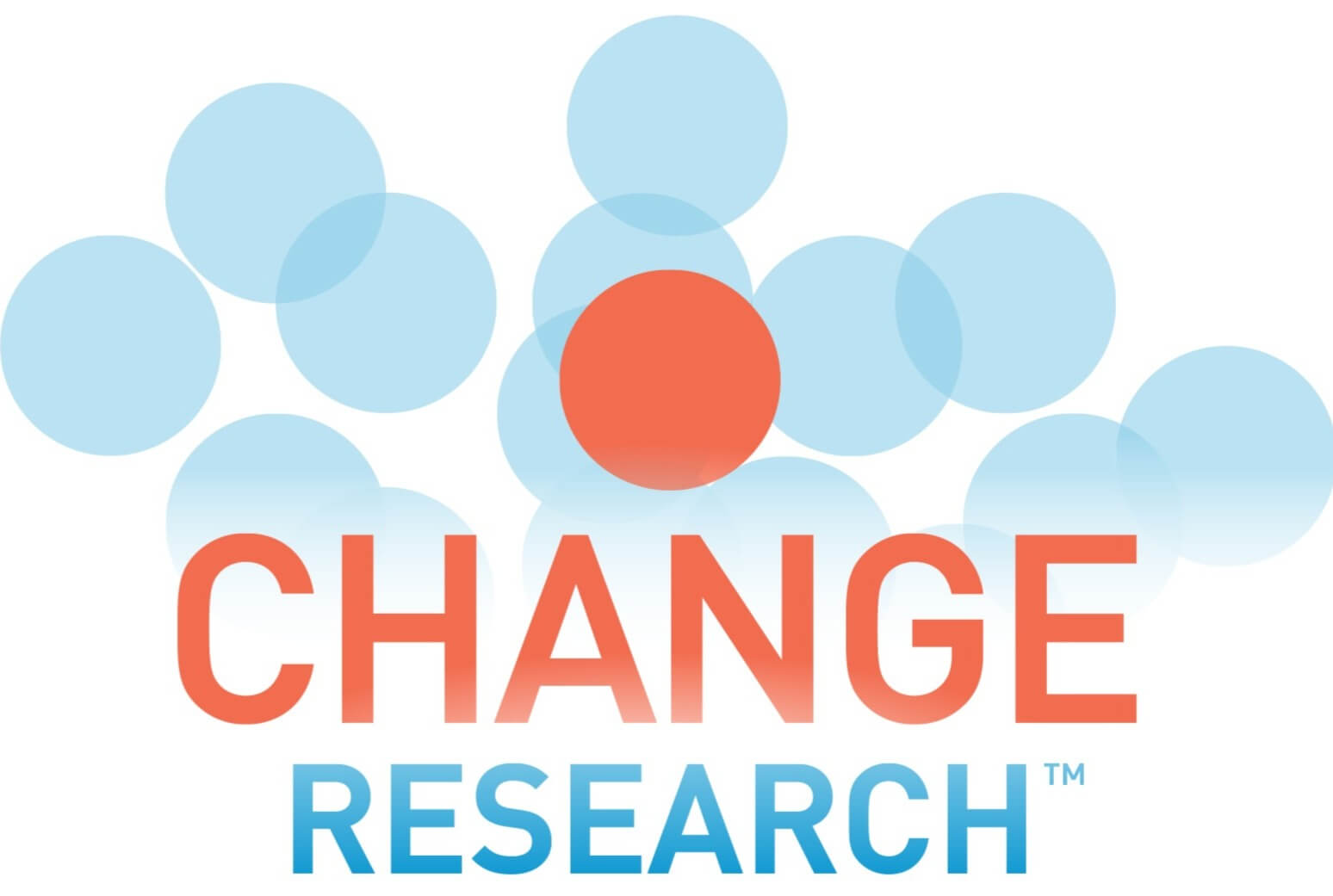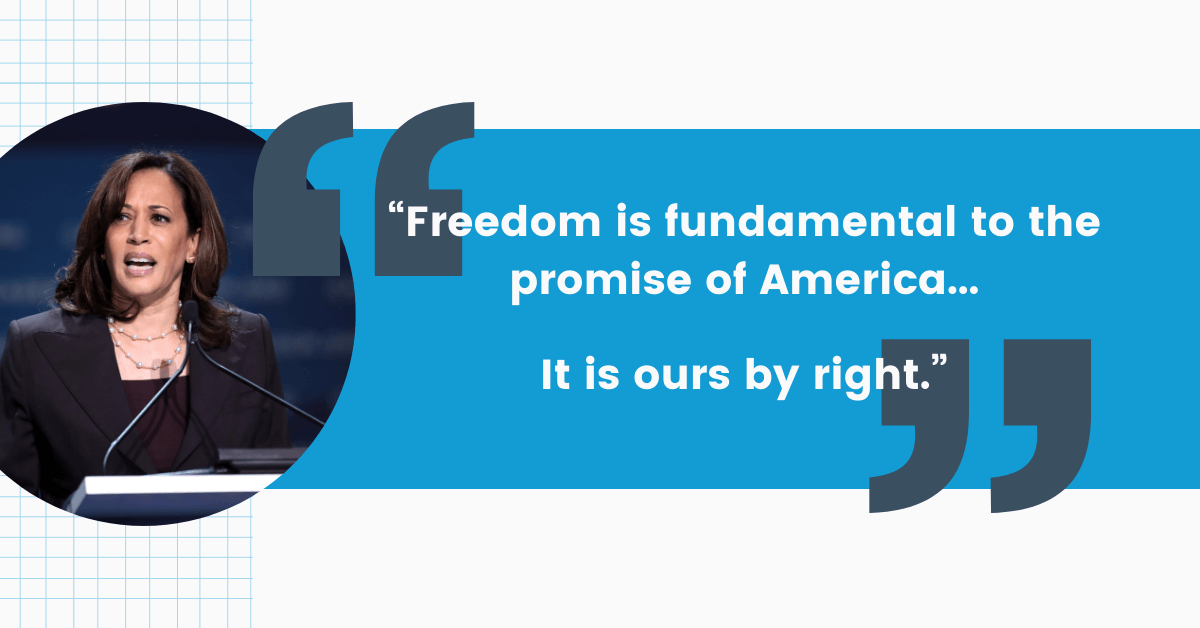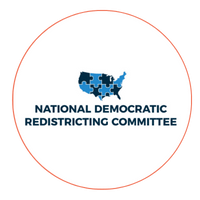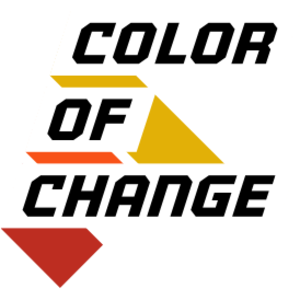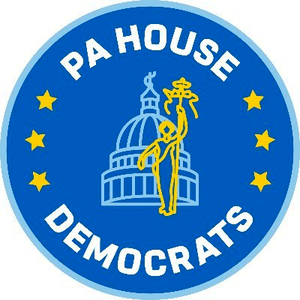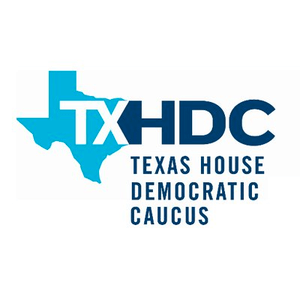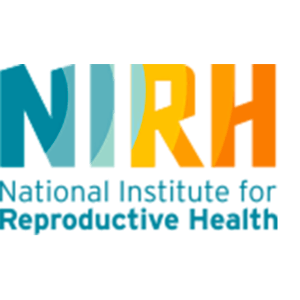Less waste.
More winning.
We field fast, accurate, affordable polls online and via text message. In 2020, we were the most accurate pollster in the Battleground. We recruit new participants for every poll. And we are constantly innovating.
Award-Winning Products
Voices
Best New Research Technique
2024 Reed Awards
Magnify AI Targeting
Most Innovative
Product
2024 Reed Awards
Oklahoma Voters Disapprove of Ryan Walters, Demand Action Toward Impeachment
To: Interested Parties From: Betsy App, Change Research Date: March 20, 2024 Re: Oklahoma Voters Disapprove of Ryan Walters, Demand Action Toward Impeachment Change Research, a national research firm that has conducted more than 3,000 polls of over 3 million people...
Black History Month: Black Voters in their Own Words
As we commemorate Black History Month, it's imperative to address not just the storied past but also the lived realities and the hopes and frustrations of Black Americans today. With President Joe Biden seeing some erosion in his support among Black voters, Change...
Practitioner Memo: The “Bad Vibes” Economy
Why we did this research Change Research polled 1,534 registered voters nationwide from February 6-8, 2024 to gauge public opinion on the state of the economy today. We sought to disentangle bad trends from bad vibes and to assess voters’ economic priorities and...
The record speaks for itself
Change Research gives you data and insights with our unique methodology.

The only pollster showing Mike Franken leading the Iowa Democratic senatorial primary

The most accurate polling of the San Francisco District Attorney recall

In 2020, we conducted 27 polls for U.S. Senate races. Our average error in these polls was 5.7, while the average error of over 500 Senate polls aggregated by FiveThirtyEight was 6.1.

Uniquely accurate in down-ballot races
Why Change Research?
Voters have changed. It’s time polling strategy did too.
Intelligent geolocating
to keep insights relevant
Find voters where they are – on their devices
A fraction of the cost of typical polling solutions
Digestible and clarifying
action oriented reports
Spend less time sifting data, more time winning
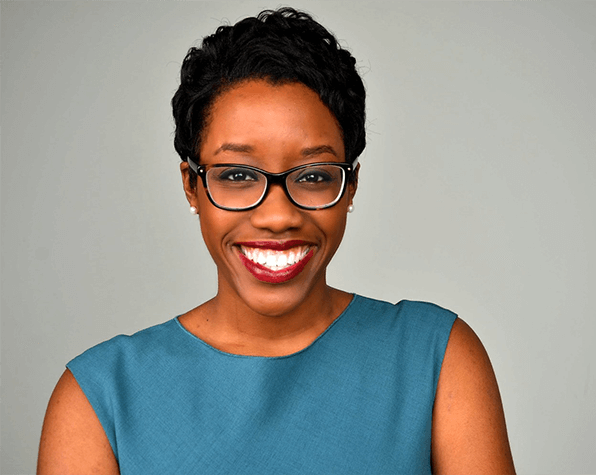
Candidate Feature
Lauren Underwood, U.S. Rep in IL-14
Lauren Underwood was a registered nurse and career public servant at the Department of Health and Human Services until she pulled off an upset against a 4-term Congressman. Change Research polling helped her campaign:
- Identify issues that mattered most to undecided voters and the counties with the greatest number of undecided voters
- Quickly concentrate efforts in the final weeks of the campaign
You’re in good company
Change Research works with forward-thinking organizations nationwide.
Ready to win?
Build a winning strategy backed by powerful polling insights.
